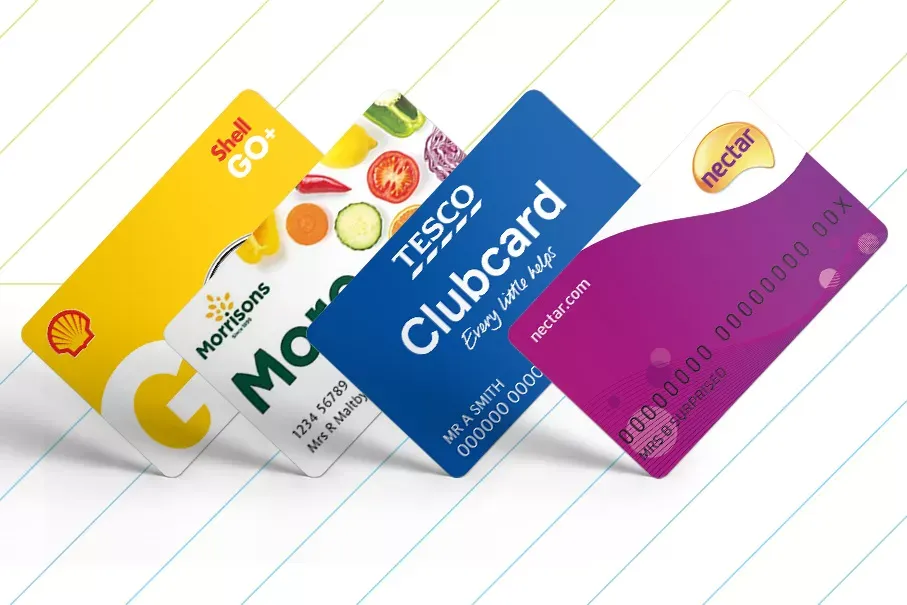
31/08/2016
Are you buying cars or vans for your fleet? We’ve put together some tips and tricks for the savvy car buyer.
Wait smart, buy cheap
Car dealers have sales targets. And that means there are certain times of the year when it’s easy to get significant discounts on a new vehicle. Wait until the end of a quarter, or the end of a year, and you’ve got a good chance of talking dealers into massive price reductions as they scramble to meet their sales targets. They may be willing to offer you a reduction that skates just above the profit margin, just to rack up the required sales total before the calendar rolls over into the next quarter.
Some professional vehicle buyers swear by buying in December. The end of the year also falls at the end of the quarter, and is not too far away from the magic ‘changeover’ date (March 1) when the new registration comes in. Talking of which…
New reg or old?
Outgoing registrations can be bought for impressive reductions, as dealers aim to shift all their old stock before the new plates come in. As for outgoing models—well, they’re gold for car buyers. An outgoing model is likely to be the best iteration of that particular vehicle at that particular time: all of its niggles will have been sorted out through successive production runs, leaving a car or van that’s as near perfect as it is going to get. The only exception to this rule, obviously, is a model that is being retired because of problems the manufacturer has been unable to fix.
A new model, while it may seem attractive on the outside, is much more likely to fall prey to all those annoying little problems—for the same reason. Any modifications or updates made to the new model have had no time to bed in, so statistically the first production run is the most likely to have faults or performance issues.
Old shape, same vehicle
Sometimes, a vehicle gets a facelift instead of a retirement. If a new shape is coming in with the new registration, you’ll be able to negotiate large discounts on the old shape. Underneath, it’s basically the same car or van—though it may, of course, have a few minor improvements in terms of load space or performance. The value of these improvements, when weighed against the reduction in price for buying the old shape, is often negligible: particularly when you’re buying a model that has been around for years and is known to be a good workhorse. If it was good before the update, it’s a great buy at a low price.
New car, more added value
Buying new cars in bulk can open up value-adding options too. If you’re buying a number of vehicles, you may be able to arrange a discount or deal that offsets the higher premium associated with buying new registrations: for example, no tax or MOT for a number of years, or built-in service options. Remember, too, that the resale or trade-in value of a brand-new vehicle remains higher for longer. The brand-new plate may cost more at the start of the vehicle’s life, but it raises the price for which you can sell it on later.
Have you got any top tips on savvy car buying? Let us know on Twitter or LinkedIn.


